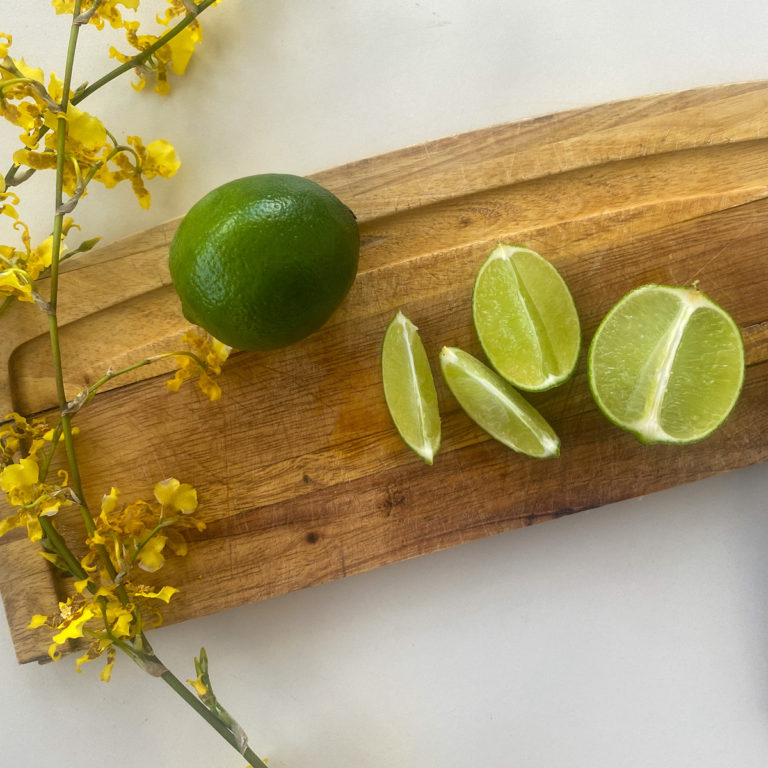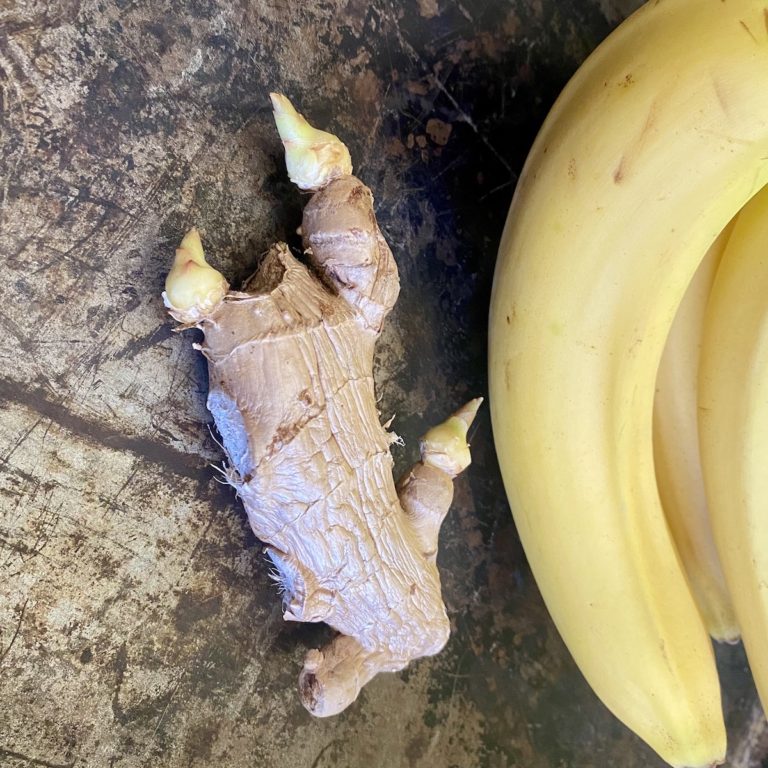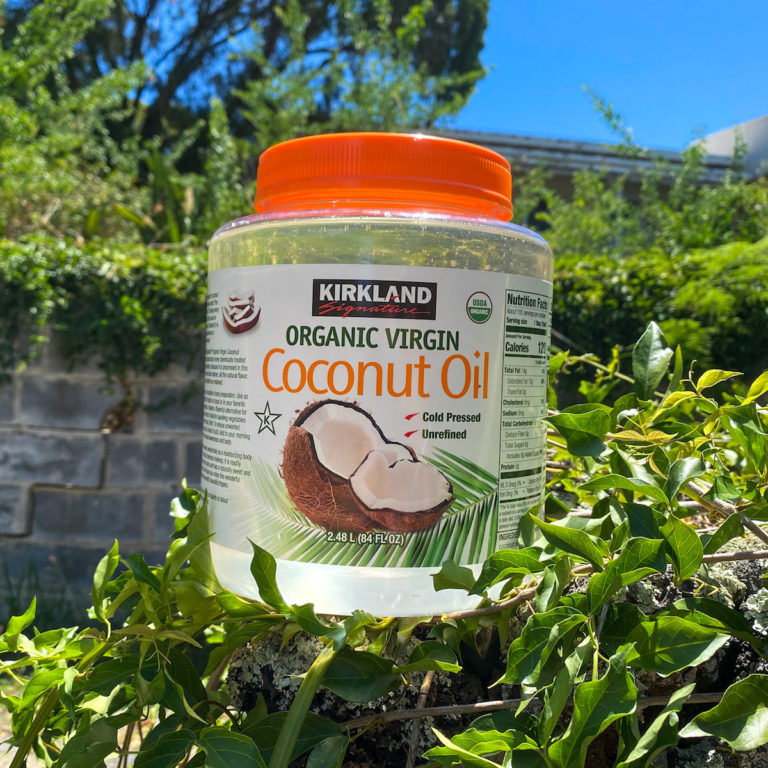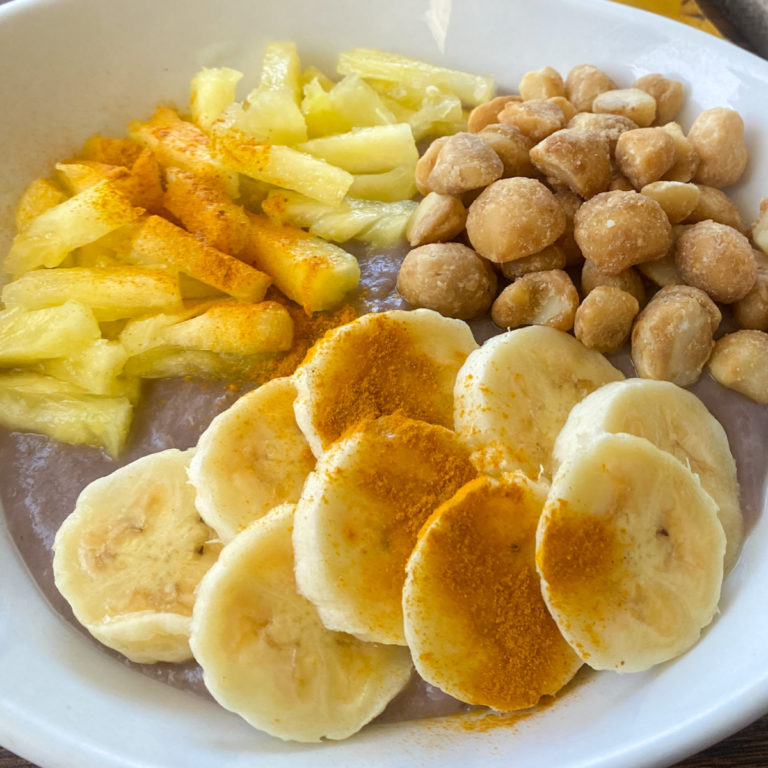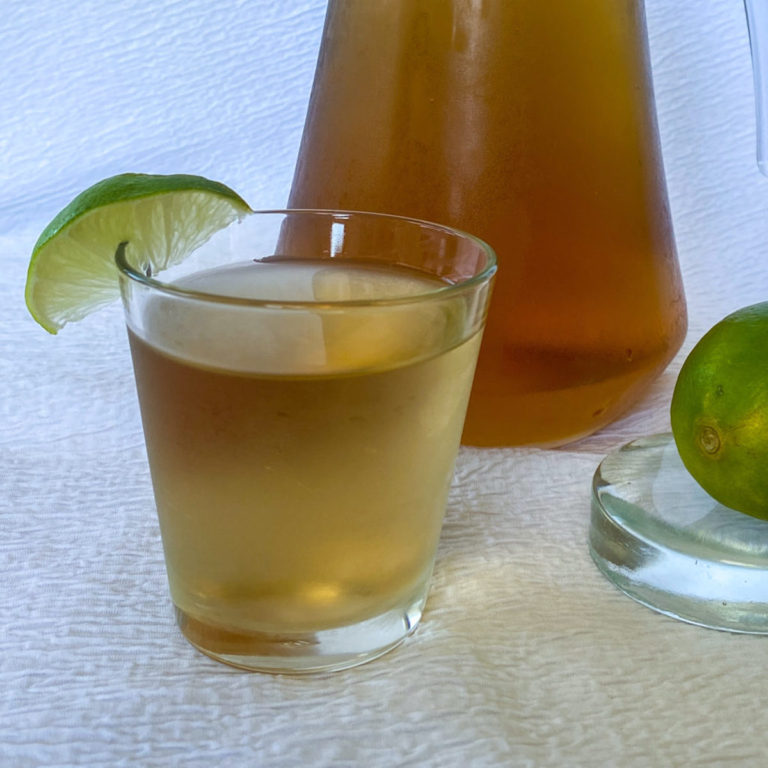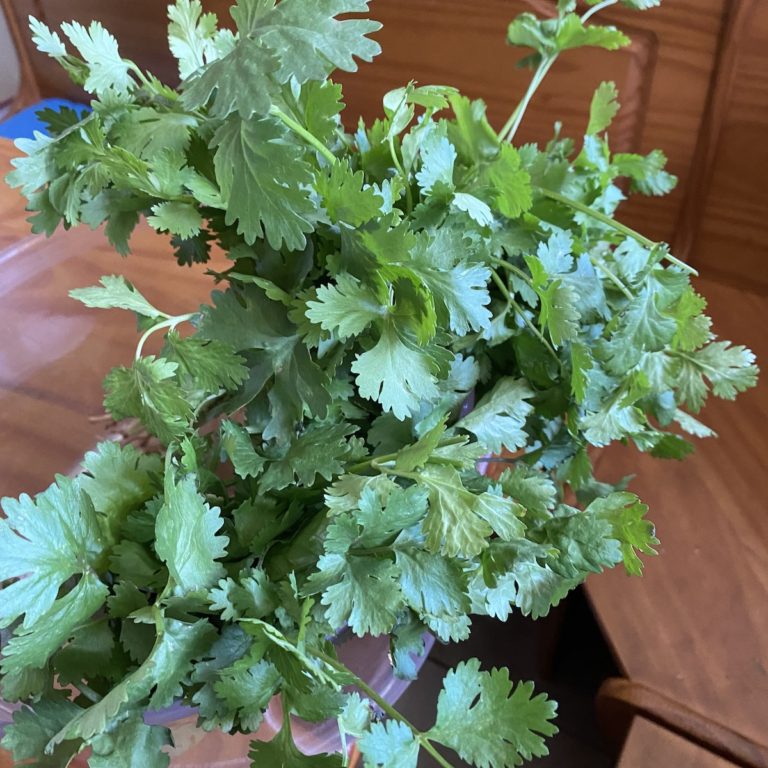Easy Biko Recipe
Biko is the perfect mix of super simple flavors and the most amazing chewy texture. It’s a staple at Filipino parties (at least this is what I’ve observed in my home, Hawaiʻi) and I get why. It’s perfect to bring to a pot luck because you can easily double, triple, or quadruple a recipe and have enough dessert to make a crowd very, very happy.
Words that come to mind when I think of this biko recipe:
- Mochi-like
- Addictive
- Reminiscent of kulolo
- Easy
Easy Biko Recipe Ingredients
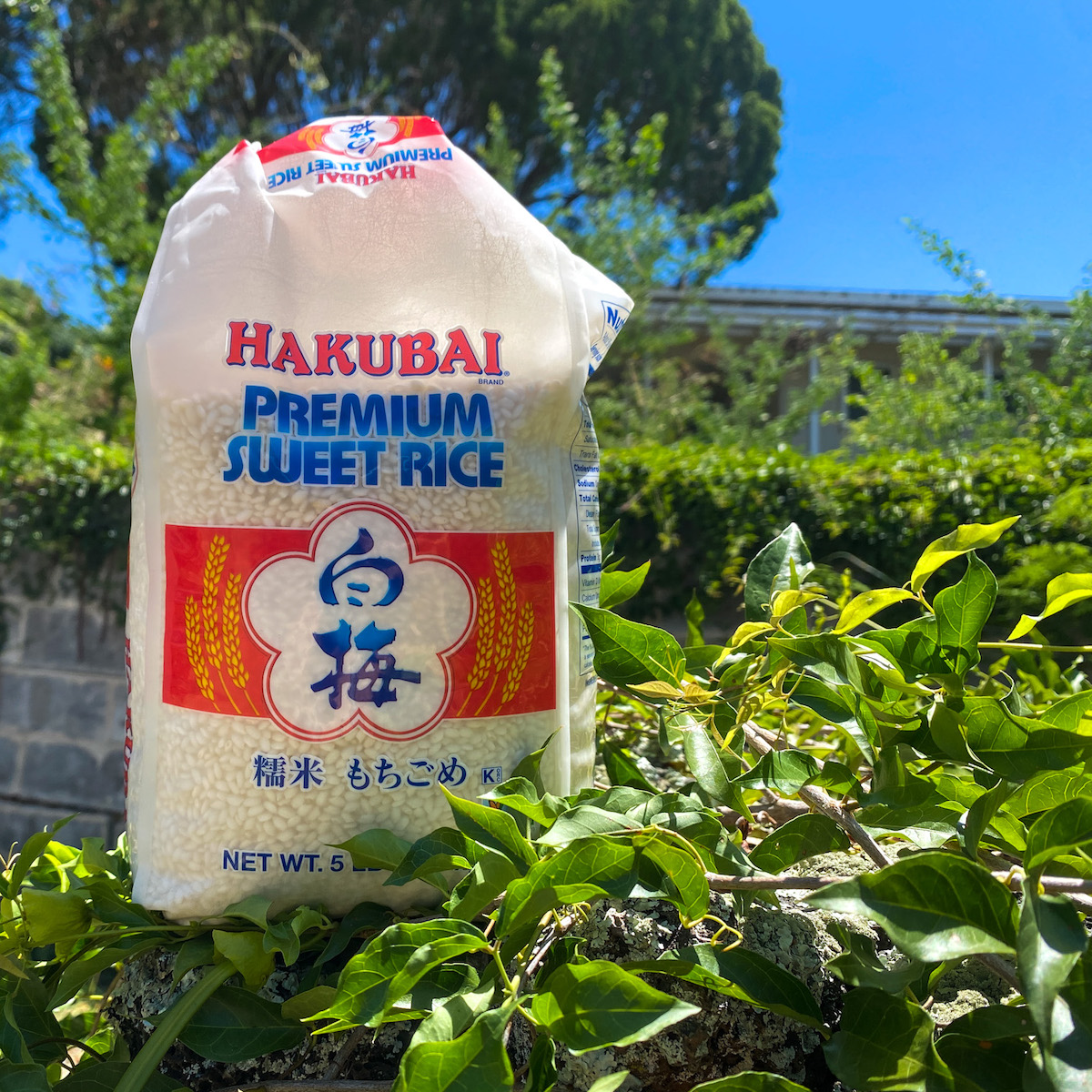
- 1 cup mochi rice (may also be labeled glutinous rice or sweet rice)
- 3/4 cup water
- 2/3 cup brown sugar
- 1 can coconut milk
- 1/4 tsp salt
Instructions
- Use a rice cooker to cook the mochi rice and water. Note that there is less water than needed to fully cook the rice, so your rice won’t be completely cooked in this step. That happens in later steps.
- While the rice is cooking, combine brown sugar, coconut milk, and salt in a sauce pan that’s large enough to fit the cooked rice into once it’s pau (pau = done)
- Turn the heat to low and cook the sugar and coconut milk mixture, stirring occasionally until all sugar and salt has dissolved, and the mixture thickens.
- Add the (partially) cooked rice to the thickened sugar and coconut milk mixture.
- Stir frequently and continue cooking over low heat until all liquid has been absorbed by the rice.
- At this point, remove from the heat, and scoop the biko into a small pan or serving platter. If you’re doubling/tripling/quadrupling recipe, obviously you’ll need a bigger pan.
- Flatten and press down on the surface of your biko. Cut into serving size pieces, and enjoy it warm or cooled.
Easy Biko Recipe Notes & Random Research
Best stored at room temperature, but eat it quickly or mold will grow in 4 days or so, depending on your climate. That’s why I kept this recipe on the smaller side. It’s just enough for 1 family to enjoy before it goes bad.
If you would rather make larger quantities and store it in the icebox (icebox is what I call the refrigerator, by the way), feel free to do so. The biko will last longer in the icebox, but the texture won’t be as good.
Coconuts are a big deal in the Phillipines and to Filipino culture. It’s sometimes referred to as the “tree of life” and it’s easy to see why. It provides not just food (coconut water, meat, milk), but is also a source of building material such as lumber and thatching, and a versatile shell than can even be turned into charcoal.
Coconuts are one of the Phillipine’s biggest exports, though it’s still hard for the majority of coconut farmers to get by despite the growing demand from the west.


